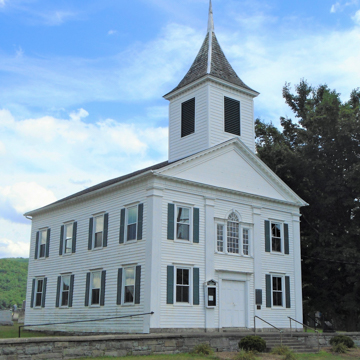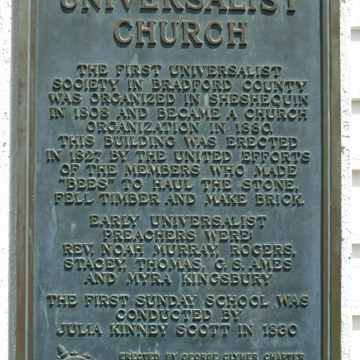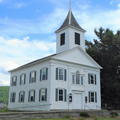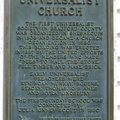You are here
Sheshequin Universalist Church (Sheshequin Universalist Meetinghouse)
After the American Revolution, New England settlers, many with land titles from the Susquehanna Company, established farms on the east side of the Susquehanna River between Towanda and Athens. By 1808, the First Universalist Society of Sheshequin was organized and in 1827 completed this white frame meetinghouse. There is much of New England Federal-style character in the
Writing Credits
If SAH Archipedia has been useful to you, please consider supporting it.
SAH Archipedia tells the story of the United States through its buildings, landscapes, and cities. This freely available resource empowers the public with authoritative knowledge that deepens their understanding and appreciation of the built environment. But the Society of Architectural Historians, which created SAH Archipedia with University of Virginia Press, needs your support to maintain the high-caliber research, writing, photography, cartography, editing, design, and programming that make SAH Archipedia a trusted online resource available to all who value the history of place, heritage tourism, and learning.




